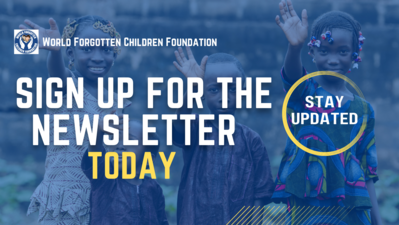
Leishmaniasis is a parasitic disease that is usually found in tropical and subtropical areas as well as in southern Europe. The parasitic infection is considered a neglected tropical disease (NTD), which is defined as diseases that infect a small portion of the population, often in poorer regions, and therefore do not receive funds or attention. It is difficult to estimate how many people are infected with the parasite, and the number of new cases changes all the time. For cutaneous leishmaniasis, the number of new cases per year is estimated to be between 700,000 and 1.2 million. For visceral leishmaniasis, the number is estimated at now less than 100,000 per year, although older estimates had it as over 400,000 cases annually (CDC, 2020).
The Leishmania parasite causes an infection with leishmaniasis, with these parasites being spread by the bite of infected sand flies. The disease is not usually found in the United States, but there are cases that have been diagnosed in the US of people that have become infected while traveling or living in other countries (CDC, 2020).

Leishmaniasis is sometimes known as a silent infection, as it shows no symptoms or signs to alert the person of a possible infection. People who do develop clinical evidence of infection will often have one or more sores on their skin. Those sores are not static and may change in size and appearance over time. The sores may end up as ulcers and become covered by scab or crust, which are often painful but could possibly be painful. This is known as cutaneous leishmaniasis (CDC, 2020).
(Read about other NTDs here!)Like cutaneous leishmaniasis, visceral leishmaniasis is sometimes considered as a silent infection that does not show any signs of infection. However, some people may develop a fever, experience weight loss and enlargement of the spleen and live, as well as abnormal blood tests. These blood tests may manifest as having a low red blood cell count, low white blood cell count, and a low platelet count (CDC, 2020).
The major risk factors of a leishmaniasis infection clarifies why a parasite that infects many people is considered an NTD, ignored by many. These factors are:
- Socioeconomic conditions: the socioeconomic status of a person determines their likelihood of being infected with leishmaniasis, with poverty increasing the risk of an infection with the parasite. This is because poor housing and domestic sanitary conditions that includes nonexistent waste management is likely to increase sandfly breeding and resting sites.
- Malnutrition: diets that lack protein, iron, vitamin A and zinc increases the risk that an infection might progress to a full-blown disease.
- Population mobility: past epidemics of all kinds of leishmaniasis have been associated with migration and the movement of non-immune people into areas where the disease exists. There are also occupational exposure hazards, such as with widespread deforestation.
- Environmental changes: changes in urbanization and human incursion into forested areas are important factors to consider in the spread of leishmaniasis infections.
- Climate change: the climate affects the spread of leishmaniasis in a number of ways, as changes in temperature and rain cycles alters the way the disease spreads and may result in more parasitic infections (WHO, 2022).

Leishmaniasis is considered a NTD, which means that it lacks funds and attention. However, our ignorance does not mean that the disease is not a concern. It still affects many people globally and puts them at a risk of severe morbidity. Ensuring appropriate community development is a way to fight back against diseases that thrive in poverty. WFCF’s mission now extends to cover projects supporting community development. Help us today by donating to our mission!
References:
CDC. (2020). Leishmaniasis - general information - frequently asked questions (faqs). Centers for Disease Control and Prevention. https://www.cdc.gov/parasites/leishmaniasis/gen_info/faqs.html
WHO. (2022). Leishmaniasis. World Health Organization. https://www.who.int/news-room/fact-sheets/detail/leishmaniasis


